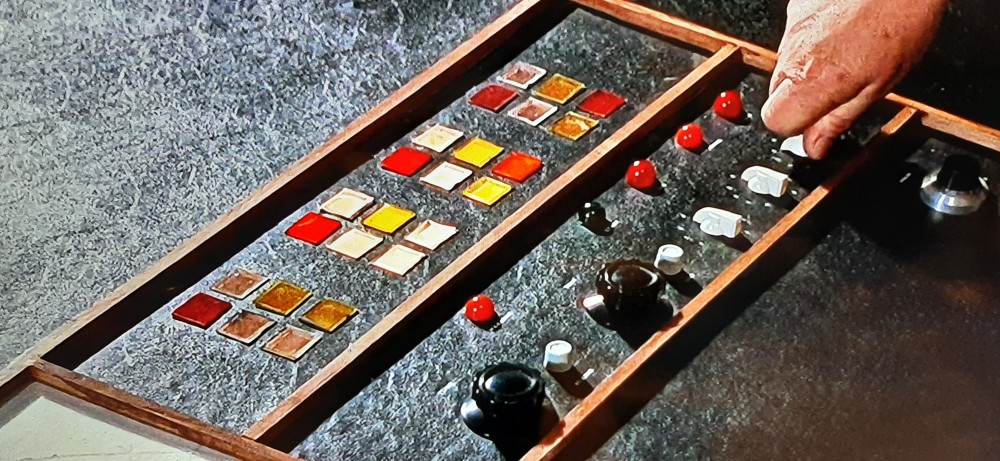Paralyzed man walks again using implants connecting brain with spinal cord
Some sci-fi stuff here, with “it’s the real world, though” results… he’s walking, yes, but *real* *slow.* Not sure if he can feel anything.
Some sci-fi stuff here, with “it’s the real world, though” results… he’s walking, yes, but *real* *slow.* Not sure if he can feel anything.
Disney’s *incredibly* expensive “Galactic Starcruiser” hotel-experience-thing is closing down for good.
Six large? Yeah, naw, I’m good.
1: A Remington Rand Printing Calculator showed up today. I need it solely for the number keys. Damn thing weighs a ton. Not sure what I’ll do with it after… It’s not something I have a particular use for, nor am I likely going to be able to restore it properly.
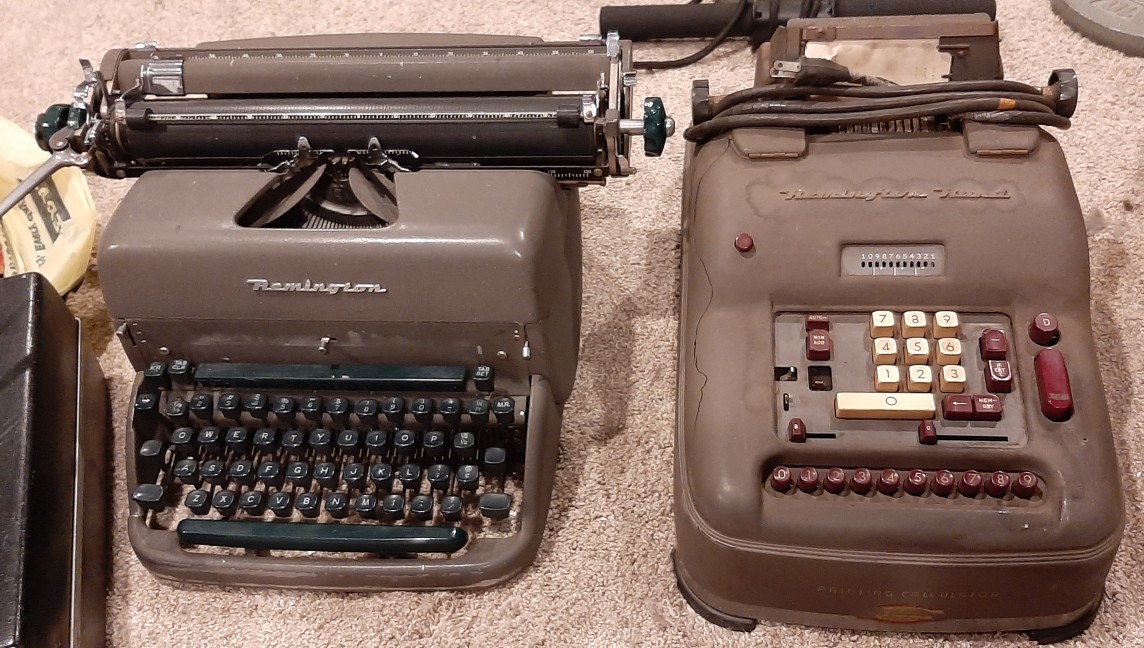
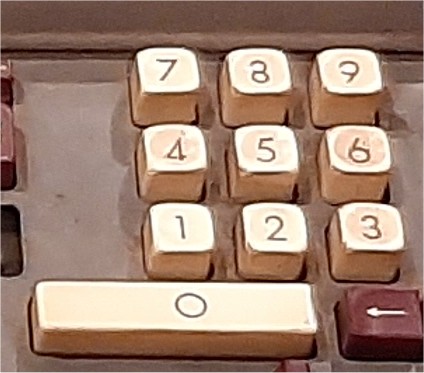
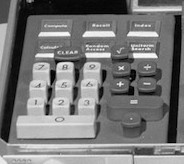
2: I’ve figured out the “video camera:” it’s a Japanese “Monolux” telescope with a box wrapped around it. Some comparison shots between the prop and two copies of the scope I found on ebay:

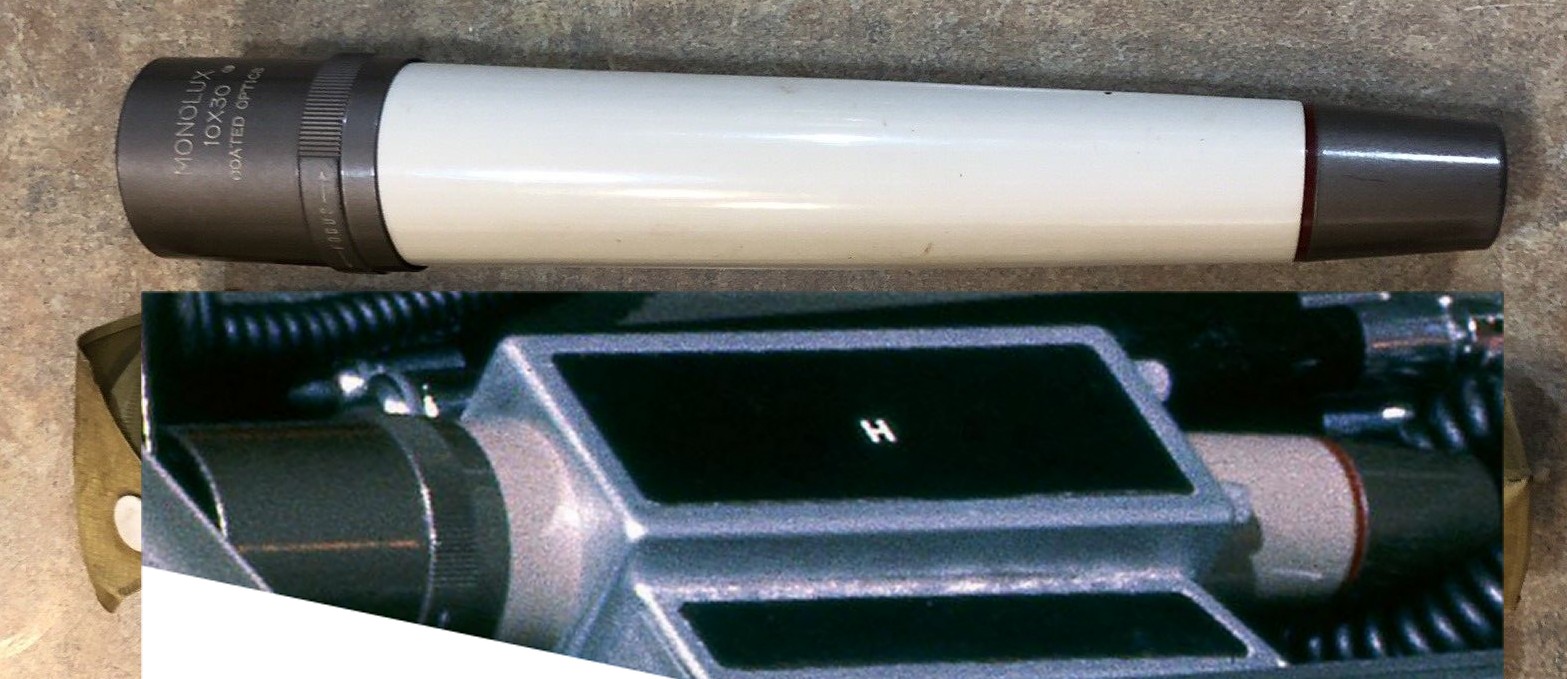
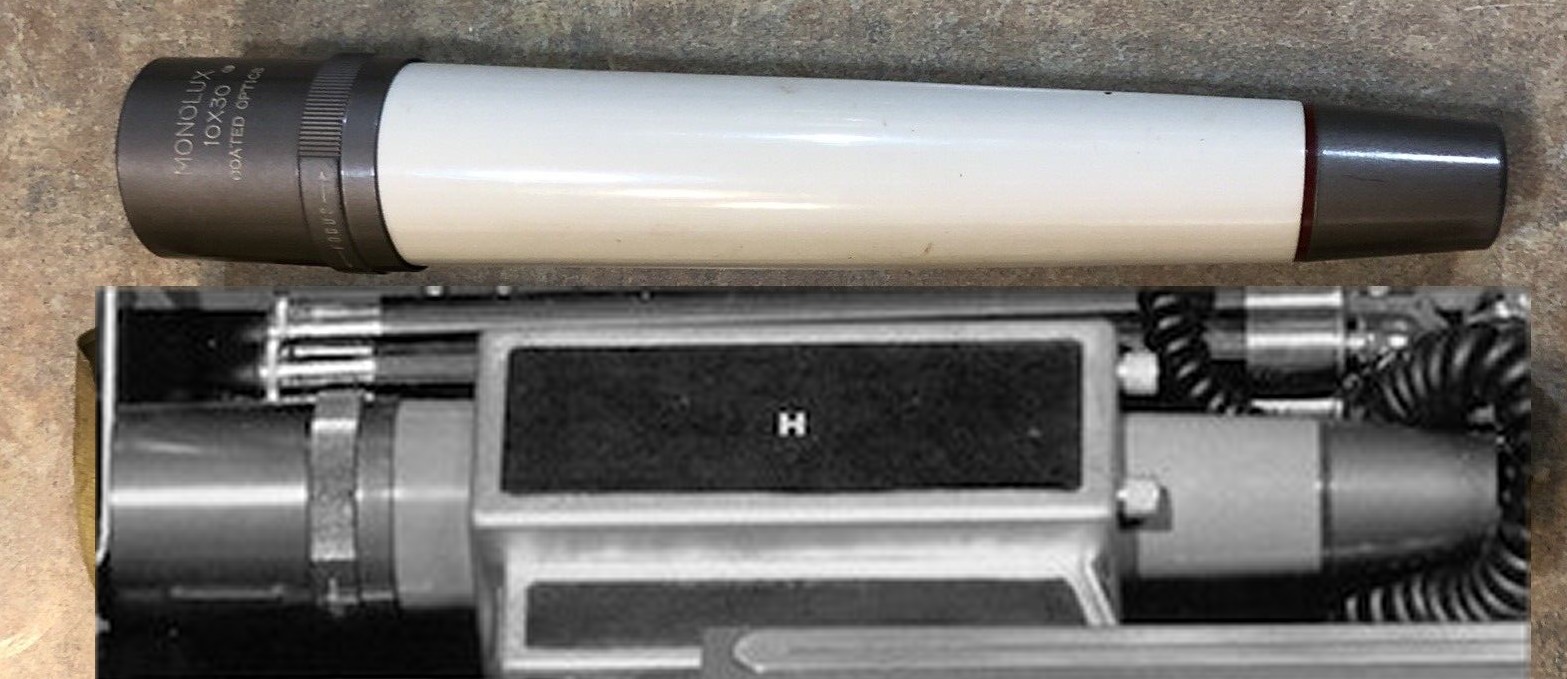
The size is about right, the shape is dead on, the details are right, the colors are, within limits, correct. The “box” might have been an actual product, but it’s simple enough, and the seams look crappy enough, that making it from scratch seems fully warranted.
As readers of this blog are doubtless aware, I am unimpressed with Kelvin-timeline Trek and *especially* “Discovery” Trek. STD sucks on a whole multitude of levels, from bad writing and terrible characters, terrible politics and worse ideology; not a lot can fix that. But one thing that the article above *can* deal with is the fact that STD simply doesn’t fit canon-wise with TOS. And what is that explanation? Time travel. There has been a *lot* of time travel in Trek over the years. And Trek has demonstrated that changing the timeline is possible; the universe does not necessarily reset to some special chosen track.
So why does STD not fit with TOS? Because time travelers have mucked up the timeline and have, like in the Star trek: Lens Flare movies made post 2009, created offshoot timelines where things are different. And of course, if the relatively tiny groups of people followed int he shows and movies encounter time travel as often as they do, it’s reasonable to assume that the whole galaxy is filled with people and races constantly mucking up the timeline, unseen by Starfleet.
This seems like a compromise that trek fans should be able to accept: TOS/TNG/DS9/VOY were one timeline… one that got diverted for 2009 and again for STD. They are different canon. I’ve been saying *that* for a while, but here’s a fair in-universe explanation for it.
This fan-made prop is damned impressive. Had something like this been available *and* *affordable* back when Next Generation was still on, it would have some like Furbies that distribute crack.
In 1983 “Science Digest” ran an article that 13-year-old me lost his tiny little mind over. Illustrated by Rick Sternbach, designer of, among other Star Trek vehicles and artifacts, the USS Voyager, it described a series of possible means of interstellar travel. While the physics and engineering of some of them have proven dodgy in the years since (the Bussard ramjet has serious problems with the proposed magnetic fiend, the Enzmann starship has turned out to not be as well thought out as many had assumed, etc.), it remains a tantalizing glimpse of what might be. The article has been scanned in full color and made available to APR Patrons/subscribers at the above-$10 level.
If you would like to help fund the acquisition and preservation of such things, along with getting high quality scans for yourself, please consider signing on either for the APR Patreon or the APR Monthly Historical Documents Program. Back issues are available for purchase by patrons and subscribers.
The AI apocalypse has just been made inevitable:
How is a woman of no intelligence going to save us from artificial intelligence? The only possibility i can think of is that once a suspected threatening AGI is produced, the CIA/FBI/NSA/USSF/NASA will plop Harris down in front of it and have her begin to babble her incoherent nonsense in the hopes that the machine will do like Landru or Nomad and burst into flames, it’s processors driven past the the point of incandescence trying to make sense of her gibberish.
The tripod showed up. I do believe it is correct. Compare to the original prop. Here it’s fairly well hidden by the video camera, but the size seems about right in the case:


When extended one leg-segment, the top of both the prop tripod and the one on hand are right at the top of the opened briefcase lid.
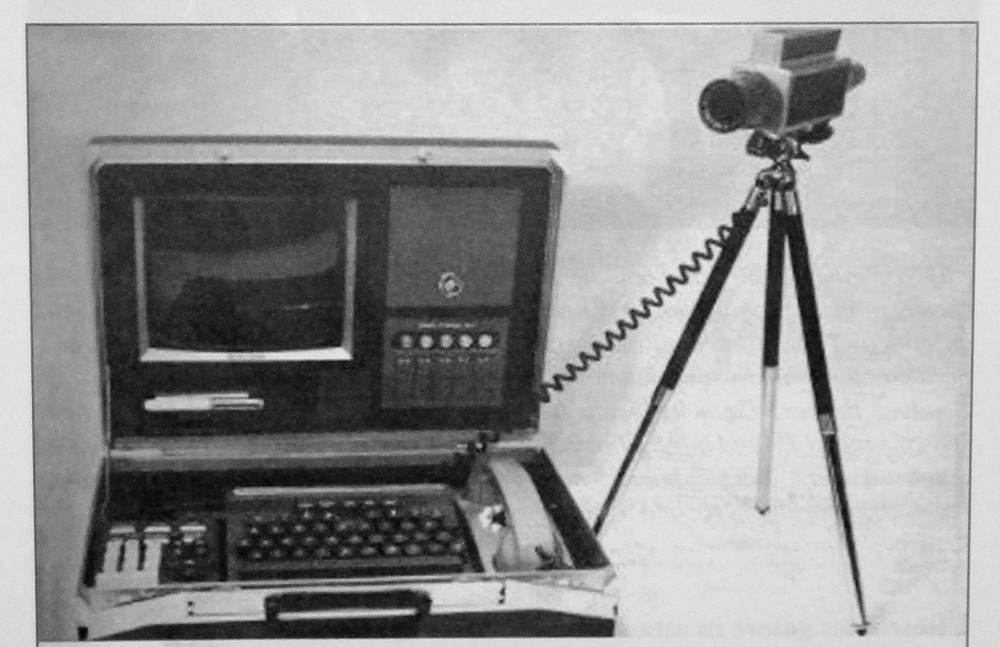
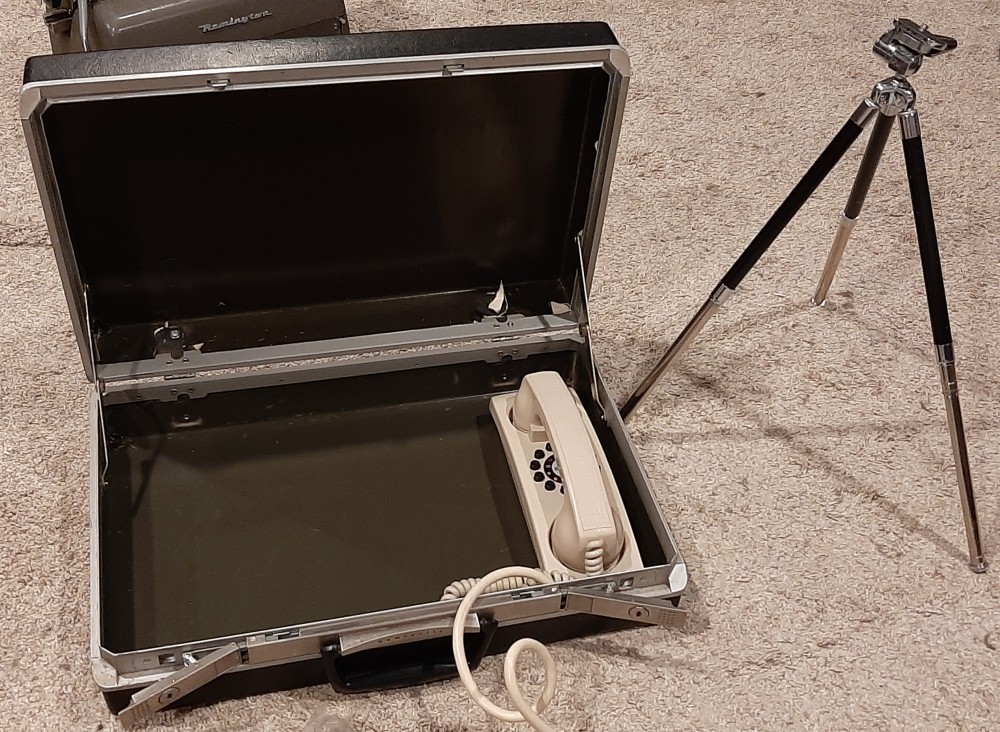
Until I either find out what some of the remaining items are (the rectangular “buttons,” the TV screen, speaker cover, “light pen,” knurled knobs), this seems to exhaust my search for and procurement of vintage artifacts. However, the project proceeds. As can be seen, I’ve mostly removed the interior fabric liner and its card backing; that was some tough stuff. The boxes for the keyboard and the numeric/math board will be fabricated; this can be done pretty accurately given that I have the keys and fairly clear photos. The long space bar is going to be a challenge… the typewriter I have has one, and it’s in great shape… but removing it requires undoing some screws that I just can’t reach without an extensive disassembly of the typewriter. Instead, I think I can *just* manage to make a silicone mold of it in place and cast a copy right there.
Note also in the color photo of the prop: the keyboard is off-kilter. It looks like the bits and pieces were just placed into the case and not fixed down in any fashion. My replica will be different: the boxes and the phone will be designed to attach to a fiberglass board that fills the back of the case. There will also be something to attach the camera and the tripod to keep them from flopping around inside the case. Also note… there are no wires connecting the TV screen and memory components in the lid to the keyboard, phone and camera in the base. I suspect this was just a way to keep things neater for the prop (or even an oversight), but I would not put it past the prop people, or even Kubrick, to have made the decision to not have wires. Instead there might have been microwave, laser or radio links between the components. More complex, and needlessly so… but this was a world in which businessmen went to space stations to buy bush babies over the videophone and signed contracts on the moon with atomic-powered pens. So a laptop where the top and bottom communicated via Wifi rather than wires does not seem out of place.
There are several raised rectangular “buttons” on the briefcase computer prop that appear to be simple beveled rectangles of plexiglass, or cast clear plastic. I’m reasonably certain that I’ve seen these on “instrument panel” props before, typically lighted from behind. I don’t know if they are simple bits of plastic or if they were originally push buttons. Here it looks as if they were simply glued on and unlit, but lighting them from behind would seem appropriate.
They can be recreated via CAD and 3D printing easily enough… probably easier still to simply *make* one by hand. But it’d be good to know exactly what they are.
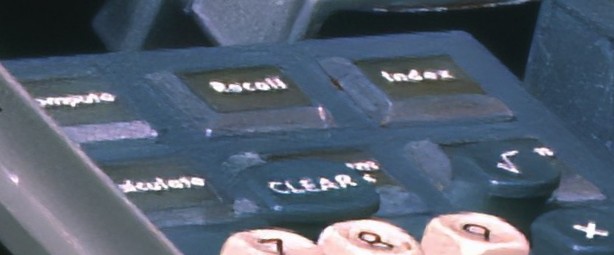
They *kinda* look like the indicator lights on Goldfingers “trick pool table” control panel. Most of these look like simple plexiglas rectangles, but some look like the “laptop” buttons turned upside-down. Shrug.
